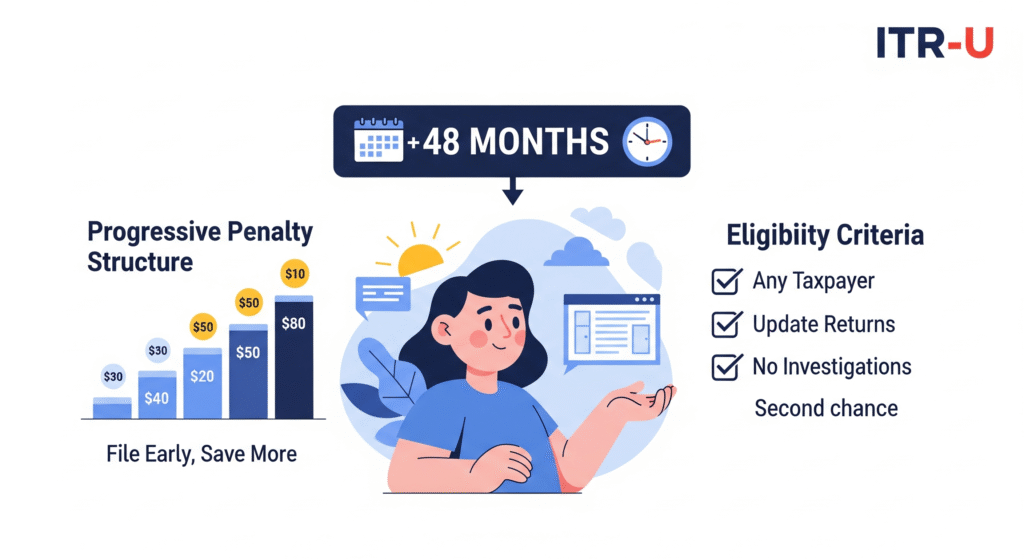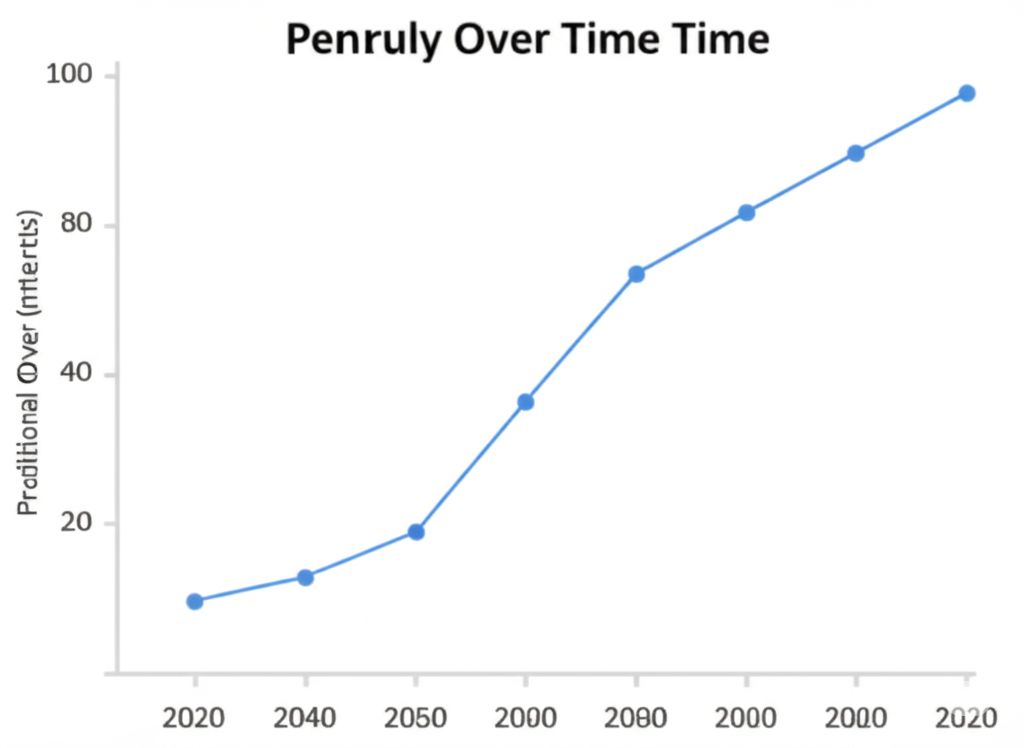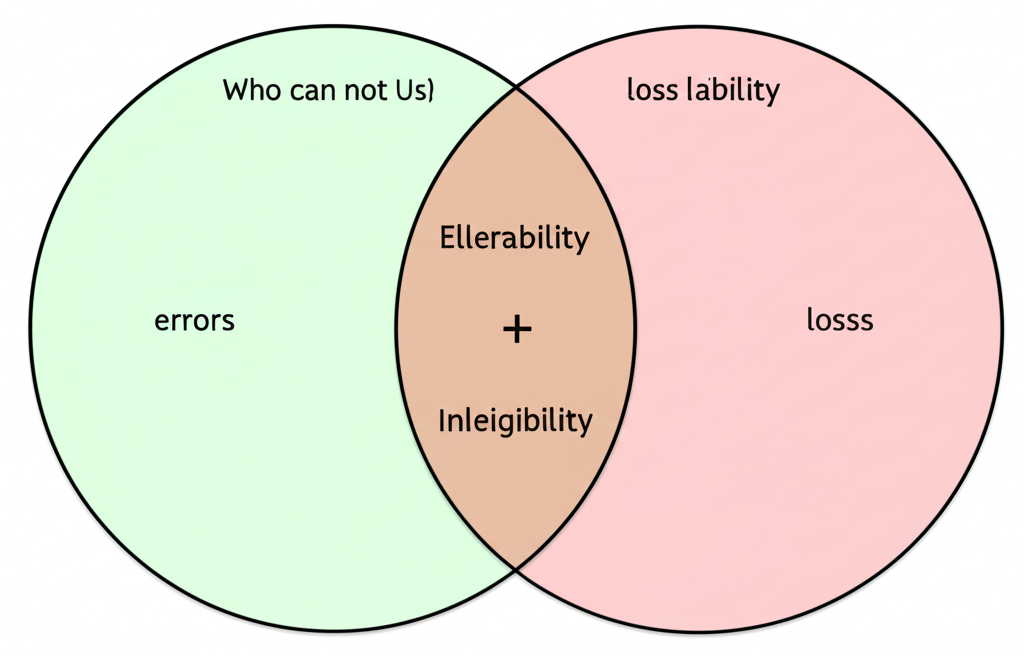
- Post by : Ibleboom
- Date :
The Updated Return (ITR-U): Your Second Chance to Get It Right
ITR-U: Explanation..
We all make mistakes, and sometimes, those mistakes happen on our tax returns. Maybe you forgot to report some income, made a calculation error, or just missed the filing deadline entirely. Previously, this could lead to a lot of stress and potential trouble with the tax authorities. But thanks to a new provision, there’s a simple solution: the Updated Income Tax Return, or ITR-U.
Think of ITR-U as a second chance to voluntarily fix your tax filings. It allows you to correct errors or omissions you made in a previous return, or even file a return you completely missed. The best part? You can do this without facing the severe penalties that might have been levied in the past. It’s a win-win: the government gets more tax revenue, and you get peace of mind.
Latest Updates You Need to Know 🚀
The rules for ITR-U have been updated to make the process even more flexible. Here are the key changes and things to keep in mind, summarized in the table below:
| Feature | Previous Rule (Generally) | Updated Rule (ITR-U) |
| Filing Window | Generally up to due date & belated returns with penalty | Up to 48 months from the end of the relevant assessment year. |
| Purpose | Original filing/belated correction | Voluntary correction of errors/omissions or first-time filing. |
| Penalty/Fee | Late filing fees, penalties for underreporting/concealment | Additional tax based on the filing timeline (25% to 70% on total tax and interest due). |
| Return Type | Original, Revised, Belated | Separate “Updated Return” (ITR-U) form. |
| Eligibility (Use for) | Correcting errors in a filed return | Correcting underreporting, non-reporting, wrong head of income, reducing carried forward loss/unabsorbed depreciation, correcting tax credit, filing missed returns. |
| Ineligibility (Cannot use for) | Filing original return after due date in some cases | Filing a “Nil” return, claiming a loss, decreasing tax liability, increasing refund, if under search/seizure/prosecution. |
Penalty Structure Over Time 📈
The following chart visually represents how the additional tax percentage increases the later you file your ITR-U:

This chart clearly shows the financial advantage of filing your ITR-U sooner rather than later.
<hr>
Who Can and Cannot Use ITR-U (Venn Diagram) 📊
To better understand the eligibility criteria, consider the following Venn diagram:Image of

- Left Circle (Who CAN Use ITR-U): Individuals who made errors in their original filing, didn’t report income correctly, need to change the head of income, reduce carried forward losses, correct tax credits, or file a completely missed return (provided they are reporting additional income and paying additional tax).
- Right Circle (Who CANNOT Use ITR-U): Taxpayers looking to file a nil return, declare a loss, decrease their tax liability, increase a refund, or those under scrutiny due to search, seizure, or prosecution.
- Overlap: Represents scenarios where ITR-U cannot be used, even if there were errors in the original filing (e.g., the error would result in a lower tax liability now).
<hr>
How to File ITR-U: A Simple Guide 📝
While the table and chart provide important context, the actual filing process is key. Remember these steps:
- Log in to the official Income Tax e-Filing portal.
- Navigate to “e-File” and then “File Income Tax Return.”
- Select the relevant assessment year for the update.
- Choose “Updated Return u/s 139(8A)” as the return type.
- Provide necessary details and the reason for filing the update.
- Fill out the ITR-U form, including Part A (general info) and Part B (updated income and tax).
- Pay the additional tax and interest before submitting the form and enter the challan details.
- Verify your return electronically.
ITR-U offers a valuable opportunity to correct past tax missteps. By understanding the latest updates, the timelines, and the eligibility criteria, you can utilize this provision effectively and ensure compliance with tax regulations.
Avinash BhattEmail: Bhattavi93@gmail.com